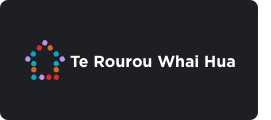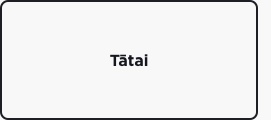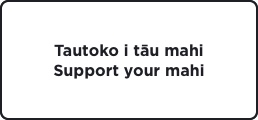4. Strengthen your understanding (Tātai)

| Practising in an inclusive way includes actively removing barriers and respectfully challenging unhelpful beliefs. Inclusive beliefs and practices enable mokopuna to actively contribute and belong within their learning environments. - He Pikorua | ||
Integrated Tiered Support ModelPlanning for identified needs and addressing barriers to learning and wellbeing. |
||
|
This integrated tiered support model provides a framework for planning supports which increase in intensity, depending on the needs of ākonga and the learning context. Planning effectively within this model means making connections and links between the tiers rather than seeing them as separate and unrelated. Support starts at a whole-school/cluster level. Universal (Tier 1) practices and systems are designed to meet the needs of all ākonga, whānau and kaiako, implemented across all settings. The model recognises that to impact positively on presence, participation, learning and wellbeing of ākonga, high quality, culturally-responsive educational experiences are needed, and for most ākonga this will be enough. In some instances, additional, more focussed and targeted (Tier 2) supports will be needed for ākonga to progress. These supports could be around a context, a part of the curriculum, a group of ākonga, kaiako and/or whānau. These supports are building on effective, universal practices within the setting. Sometimes more tailored (Tier 3) support may be needed, even with good instruction and targeted supports. This requires more specialised and individualised planning and supports to maximise learning and wellbeing. |
||
The resources and links below are included to help you think about planning for:
|
||
School and cluster wide practices |
||
Cultural diversityThis Cultural Diversity Checklist is part of the Curriculum Online tools and resources about the Cultural Diversity Principle. The checklist can be used in a range of ways:
About Unteach Racism - Unteach Racism Unteach Racism is an initiative by the Teaching Council to create conversations around racism in Aotearoa. It aims to support kaiako, in a staged approach, to identify, confront and dismantle racism in education. |
||
Positive Behaviour for Learning School WideThe Positive Behaviour for Learning School-Wide framework, (PB4L School-Wide), is helping New Zealand schools build a culture where positive behaviour and learning is a way of life. The framework can be tailored to your school’s own environment and cultural needs. This is an introductory video
|
||
Huakina MaiHuakina Mai is a kaupapa Māori behaviour initiative that promotes whānau, schools and iwi working together to build a positive school culture, based on a Kaupapa Māori world view. It reflects the core values:
Huakina Mai is focused on change at three levels within a school. These are leadership, governance and policy; whole school systems and climate; and classroom relationships and practice. |
To get a copy of Huakina Mai visit |
|
Planning for partnershipThe Leading inclusive schools guide on the Inclusive Education website focuses on working in partnership with kaiako, ākonga, and whānau to create accessible, supportive, and inclusive environments through:
|
Read more about the purpose of this guide and how it may support your planning in and across schools with learning support teams |
|
Effective pedagogy for allEvidence shows that students learn best when teachers establish strong relationships with ākonga and their whānau and when they:
|
|
|
|
This effective pedagogy for all students module on the inclusive practices section of Curriculum Online can provide some useful information to help you plan for school/cluster wide practices to support the learning and wellbeing of all ākonga. |
||
Curriculum design |
||
Planning for an inclusive curriculumDownload the PDF of the framework This framework illustrates the key elements of an inclusive school curriculum that together ensure progress and achievement for all ākonga. It shows kaiako, ākonga, and whānau at the centre of the inclusive curriculum, working together to gather rich knowledge of ākonga. This knowledge, the New Zealand Curriculum, and effective pedagogy provide the essential foundations on which inclusive practice is built, supporting kaiako to build on all ākonga strengths and aspirations, to make their learning visible, and to recognise their progress. |
||
|
Implementing an inclusive curriculum on the inclusive practices section of Curriculum Online is a resource that has been developed to build professional knowledge and create shared understanding of inclusive practice within the NZC. The modules in this resource will support you to work with school teams to:
|
||
Local curriculum designAs an LSC this Leading Local Curriculum Guide series can support your work with teams to review curriculum, assessment, and design decisions as you together strengthen local curriculum, respond to progress, and reinforce learning partnerships with ākonga and whānau. |
||
| This animation provides a useful introduction to local curriculum with some simple tips to get started. |
||
Designing curriculum for all - Universal supports |
||
|
As an LSC you may be supporting teams to identify barriers to learning and wellbeing within a school and across a cluster. This will help you to plan supports that create strong, high impact pedagogies and practices. These five areas will support you and your teams to think about reducing barriers to accessing the curriculum:
|
||
Universal Design for Learning: an inclusive curriculum design frameworkThis human-centred approach to planning can be applied in any context to guide the inclusive design of an activity, lesson, event, hui or process. Learn more about this planning approach on the Universal Design for Learning (UDL) guide on the Inclusive Education website. Click on the image to see in full |
||
|
|
||
|
These five areas of curriculum design will help you explore UDL as you and your teams plan for diversity:
|
||
Literacy, numeracy and communication |
||
Literacy OnlineWhile the Ready to Read Phonics Plus books have been written to meet the needs of all learners, phonics-based texts such as these are ideal for teaching learners with dyslexia or other reading difficulties. These books have been designed to support children who need extra support to read. The Ready to Read series supports early literacy learning for children in years 1–3. The series includes Ready to Read Phonics Plus books and Ready to Read Colour Wheel books. |
|
|
|
There are a number of resources available to support the planning of literacy using the Ready to Read Phonic Plus books. These include teacher support materials, audio files and lesson plan templates. Read more about supporting all learners and supporting ākonga with literacy needs. There are more resources that can support your knowledge of literacy such as Literacy Learning Progressions. |
||
|
This slideshow provides guidance on supporting learners with literacy acquisition. It includes an explanation of phonological awareness, phonemic awareness, and the alphabetic principle. Click on the image to see the slideshow |
||
About DyslexiaThis resource can help LSC and teams to plan supports for the teaching and learning of literacy. It provides practical, strength-based approaches for:
More resources can be found in the dyslexia kete on Literacy Online. |
|
|
NZMathsNZMaths has a number of interactive learning modules to support teaching of mathematics. These modules may support your work with kaiako as they design teaching and learning programmes to meet the diverse needs of ākonga. The modules cover:
There are two areas on NZMaths to support planning for ākonga gifted and talented in maths and ākonga who may need support in accelerating learning. |
||
Talking Together, Te KōreroreroWhile this resource was developed for early learning, it has useful and relevant ideas for planning in the junior years at school and for those ākonga who are developing their oral language and communication capabilities. The self assessment tools were highlighted in kohikohi - these are an opportunity for kaiako to identify their areas for development. The resource is divided into talk information and talk tools. This includes understanding and supporting bilingual and multilingual language pathways. These intentional teaching practice cards have been designed to support kaiako in their daily practice but also to support professional learning conversations on fostering ākonga oral language capabilities. Click on the image to read more about understanding oral language and communication Communication is multifaceted. It is described as being more than words. Speech, language, social interaction, and early literacy skills are all parts of a child’s communication repertoire. |
||
Behaviour and wellbeing |
||
|
The following resources may support you and your teams around planning for behaviour and wellbeing. |
||
Behaviour and learningThe Behaviour and learning guide on the Inclusive Education website identifies a number of strategies that can support LSC and teaching teams to plan for learning settings that: |
||
|
Relationships foster a sense of belonging, which is an important basis for learning and engagement. |
||
Teaching for positive behaviourThis resource can support kaiako in primary and secondary schools to understand and draw on effective strategies that enhance ākonga behaviour, engagement, participation, and learning. In your role as an LSC you may also find it useful in your work with kaiako and learning communities in the areas of effective pedagogy and behaviour support. |
|
|
He Māpuna te TamaitiThis resource is designed for kaiako in early learning settings but is also relevant and appropriate for beginning years at school. It promotes proactive, intentional approaches to supporting the development of ākonga social and emotional competence. The book comes with a set of cards for use in daily practice and during professional learning conversations. Te Whāriki Online has a dedicated space to He Māpuna te Tamaiti where you can access resources and watch videos. Hard copies and the teaching cards can be ordered at Down the Back of the Chair |
|
|
Bullying-free NZĀkonga with disabilities can experience bullying. Many factors, such as differences in learning support needs, physical needs, social skills challenges and intolerant social environments can increase the risk of bullying. Ākonga with disabilities talk about how bullying has affected their lives An inclusive school culture that values diversity will greatly reduce the risk of students with disabilities experiencing bullying. The resources on Bully-free NZ can support schools and communities to plan safe and caring learning environments where bullying is prevented. |
||
|
|
||
| Trauma affects children differently at different ages, depending on their temperament and existing resilience factors. Chronic childhood trauma interferes with the capacity to integrate sensory, emotional and cognitive information into a cohesive whole; it sets the stage for unfocused and irrelevant responses to subsequent stress. - Calmer Classrooms | ||
Ākonga who may have experienced traumaUnderstanding the impact of trauma on ākonga will help LSC to work with learning support teams to identify practices that best support learning and wellbeing. Making SPACE for Learning and Calmer Classrooms are two resources from Australia. They can provide LSC with information, understanding and strategies for planning and creating a caring and thoughtful learning setting. |
||
|
|
||
| Click on the image to download the PDF |
Click on the image to download the PDF |
|
Mental health education and hauoraThis resource is designed to be used for teaching and learning around interpersonal skills, resilience and wellbeing for years 7-11. It has four broad areas:
|
|
|
Learner diversity |
||
| It is critical that we recognise and respond to students’ aspirations and strengths. A common barrier faced by all students is others underestimating their potential. Teachers also need to look for the yet-to-be-discovered abilities and talents of their students. - Giangreco | ||
Focusing on what is importantA diagnosis tells us something about ākonga with additional learning needs, providing some understanding for the young person, their whānau, and those who support them. However, it may not tell us much about their strengths and aspirations. In many ways, ākonga with additional needs are at greater risk of people focusing on what they can’t do, what is absent and overlooking their capabilities and aspirations. As an LSC you can support planning by encouraging the team to consider strategies, activities and approaches that reflect the strengths and aspirations of ākonga. You can read more about this in the building on strengths and aspirations module on the Inclusive Practice section of Curriculum Online. |
||
|
There are many models and approaches for developing learner support plans. When thinking about an approach to use you will consider:
Read more about planning for next steps in the Collaboration for Planning guide on the Inclusive Education website. |
||
IEPsCollaboration for Success: Individual Education Plans provides guidance on planning for ākonga with additional learning needs. It sits on IEP online which provides a collection of tools, tips, and templates to support IEP teams in collaborating for success. There is a specific section that looks at IEPs in the secondary school. Click on the image to go to IEP online for more information on the process |
||
Planning for learner diversityAs you support teams in their planning, it may be helpful for you to look at specific evidence based strategies and suggestions that are designed to support ākonga with specific learning diversities. As mentioned previously, the labels associated with diversities offer only part of the picture. All ākonga are unique individuals who come to school and kura with differing experiences, interests, cultures, family circumstances etc. Planning for ākonga considers all these 4 components: Click on image to see in full |
||
Essential for some but beneficial for allPlanning for learners with specific diversities is not about doing a whole lot of separate and different things. Many effective, universal teaching and learning strategies work for all learners. Many of the ideas and strategies in the links below on the Inclusive Education website are essential for some ākonga to participate and progress in their learning but are also relevant and beneficial to all ākonga. You will notice that many of these guides have common strategies and ideas that respond to the strengths and needs of ākonga. |
||
|
Acquired Brain Injury and Learning - Supporting a return to learning and activity Supporting LGBTIQA+ students - Developing an inclusive classroom and curriculum Health conditions - Supporting ākonga with health conditions |
||
Primary |
Secondary |
|
|
ADHD and Learning Yrs 1-8 ASD and Learning Yrs 1-8 Deaf and Hard of Hearing Yrs 1-8 Down Syndrome and Learning Yrs 1-8 Dyslexia and Learning Yrs 1-8 Dyspraxia and Learning Yrs 1-8 FASD and Learning Yrs 1-8 Low Vision and Learning Yrs 1-8 Speech-Language and Communication Needs Yrs 1-8 |
ADHD and Learning Yrs 9-13 ASD and Learning Yrs 9-13 Deaf and Hard of Hearing Yrs 9-13 Down Syndrome and Learning Yrs 9-13 Dyslexia and Learning Yrs 9-13 Dyspraxia and Learning Yrs 9-13 FASD and Learning Yrs 9-13 Low Vision and Learning Yrs 9-13 Speech-Language and Communication Needs Yrs 9-13 |
|
|
Download this PDF to access more online NZSL resources and tools related to designing learning for ākonga who are Deaf and hard of hearing. |
||
|
This video is an example of a student sharing ideas and strategies that are essential for her to participate and access the curriculum. Notice everything Katrina says helps her learn. Of these strategies:
|
||
English Language LearnersESOL Online has a number of tools and resources to support LSC and learning support teams to plan for the unique and diverse strengths and needs of English Language learners. Download the PDF shared in the video that has links to universal, targeted and individualised supports for English Language Learners. |
||
Gifted EducationThe Gifted Learners website is structured around key components of effective support for gifted ākonga. These are: Watch this video to learn about these three components Download the Ministry of Education handbook on gifted and talented students in New Zealand schools. Melinda Webber is an Associate Professor at Auckland University. She is published widely on the nature of Māori identity. She presented a webinar at the 2021 Gifted NEX Symposium. Here Melinda shared important kaupapa about recognising and valuing giftedness from a te ao Māori perspective.
Download Melinda's presentation Contexts, content and conditions that enable gifted Māori to thrive. Gifted NEX helps by connecting communities of interest across the Network to best practices and ‘go to’ options for support. It also provides resources to enrich educators’ understanding of gifted education and gifted learners. As an LSC you may find it useful join the Gifted NEX. |
||
Other learning supports |
||
Assistive technologiesThe Technology tools for learning guide on the Inclusive Education website provides LSC, kaiako and learning support teams with information and strategies for using technology in ways that enable ākonga to participate and progress with and alongside their peers. Technology can remove barriers to accessing the curriculum and engage in learning experiences. This video is an overview of assistive technology.
Linda shares how she uses digital tools to teach maths. Visit the Ministry of Education website to find out more information about applying for Ministry funded assistive technology. |
||
Ongoing Resourcing Scheme (ORS)The Ongoing Resourcing Scheme (ORS) is for ākonga who have the highest ongoing levels of need for specialist support at school. Approximately 1% of the school population require the support of ORS funding. Unlike other parts of the learning support system, ORS is reliant on ākonga meeting specific criteria. It is essential to understand the criteria so that teams can decide whether or not an application for ORS is appropriate. Managing expectations with whānau and kaiako is important because gathering information and completing an application can require significant time and effort. It is important for teams to know that where an application may not be appropriate or when it does not meet the criteria, support is still available. Requests to Resource teachers, Ministry Learning Support specialists, and other agencies is still part of identifying best ways to support ākonga, their whānau and kaiako. ORS is more than teacher aide hours. Fundamental to ORS is the Ministry specialist and specialist teacher components. Both of these roles are essential in the collaboration with kaiako and whānau to design and deliver relevant and meaningful learning programmes that enable ākonga to be fully engaged and progress within the national curricula. Teacher aides are a vital part of the teaching team alongside kaiako as they support the participation of ākonga in everyday activities and routines. To support your understanding of the ORS process: Download the Early childhood ORS application form fact sheet Download the Guide for completing early childhood application Download the School ORS application fact sheet Download the Additional information request fact sheet |
||
Other learning support fundsYou can learn more about other schemes that teams may be able to access as they design and deliver supports to address the learning and wellbeing needs of ākonga. School High Health Needs Funding supports ākonga at school and kura who have significant health conditions. The Ministry of Education makes a contribution towards the employment of a teacher aide when the young person has a high health need and care and support is needed for more than six weeks. In-Class Support funding makes a contribution towards providing a teacher aide for ākonga with continuing high learning needs, who are not funded through the Ongoing Resourcing Scheme (ORS). Te Kahu Tōī, Intensive Wraparound Service (IWS) provides a comprehensive, holistic, youth and family/whānau driven way of responding when ākonga experience significant challenges in their lives. The programme supports young people aged 5-14 years who:
|
||
Special Assessment Conditions (SAC)SAC are supports for ākonga in secondary school to fairly demonstrate their knowledge, skills and understanding when being assessed. These supports can include reader, writer, computer, digital technologies, rest breaks, separate accommodation, Braille or enlarged papers. There is information for schools to help them plan for these support on the Ministry of Education website and the NZQA website. |
||
Teacher AidesTeacher aides are a valuable asset to the learning support team. LSC can work with teams to identify the part teacher aides can play in supporting the learning and wellbeing of all ākonga, as well as those who may require additional learning support. |
||
|
These principles are important to consider when planning teacher aide support in inclusive learning settings:
|
||
|
These cartoons can support conversations about teacher aide practice |
||
|
|
||
|
The 11 modules on Teachers and Teacher Aides Working Together can be part of your planning around teacher aide practice in your learning setting and across your cluster. Furthermore there is a guide on the Inclusive Education website on Supporting effective teacher aide practice. |
||
|
To access more resources and tools to 'support your mahi' in tātai click on the tab below. |
||


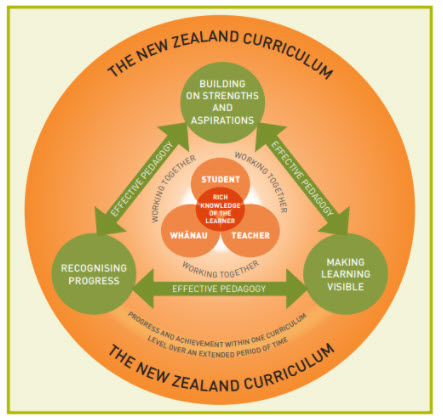



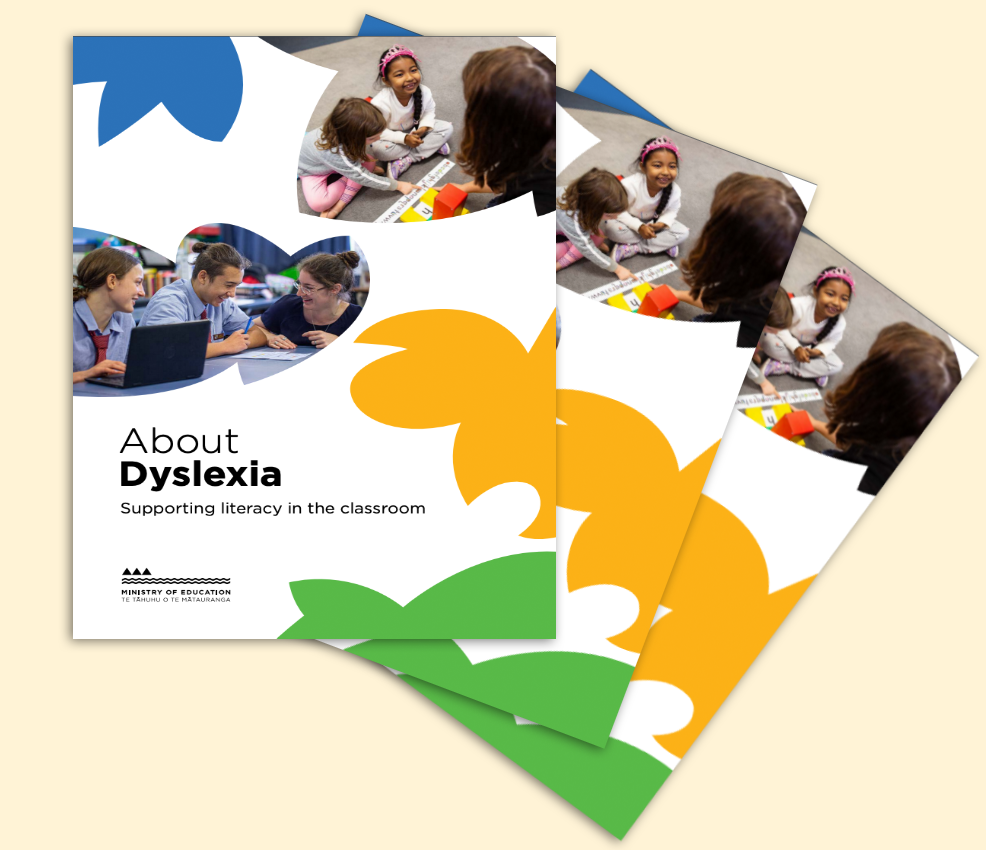
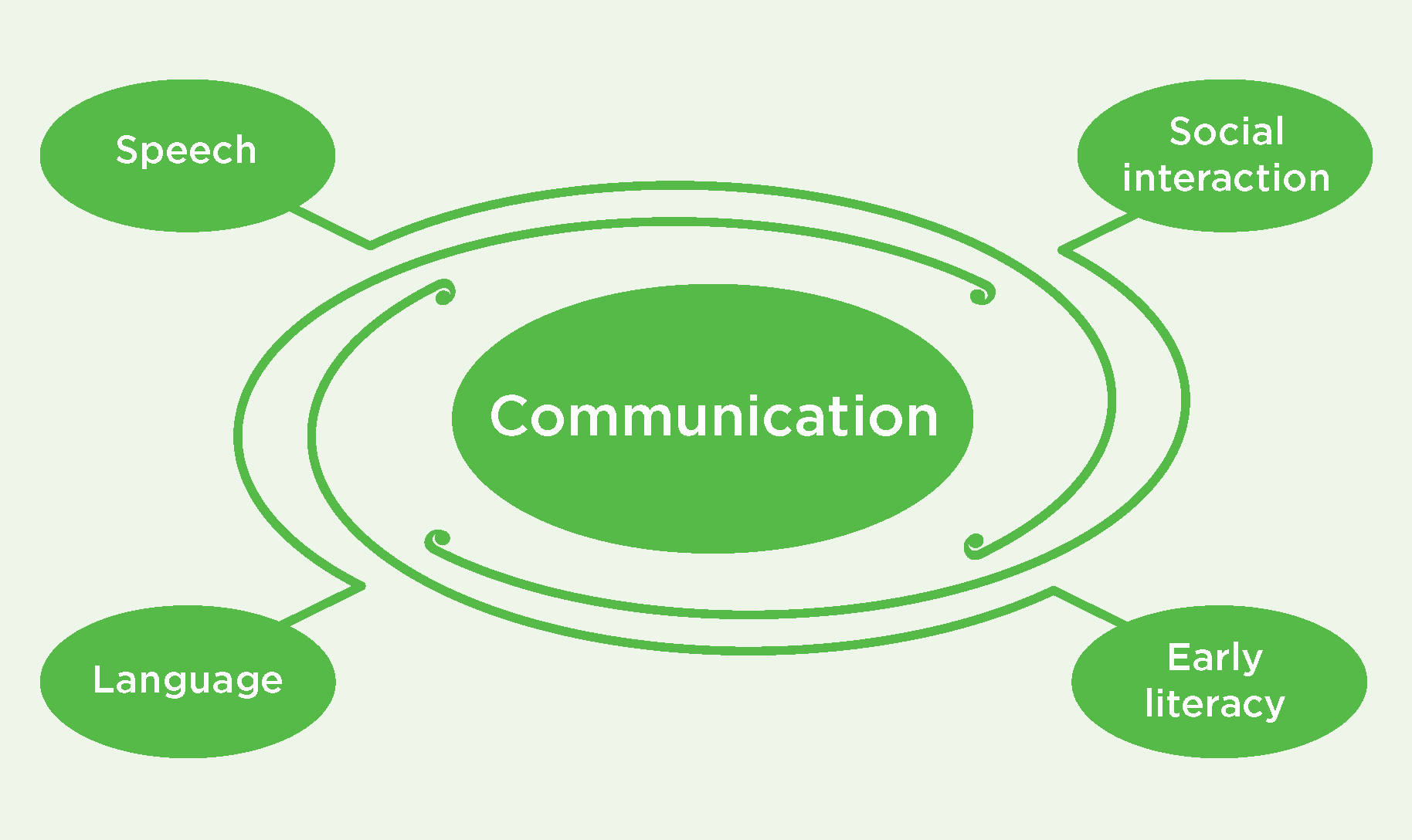
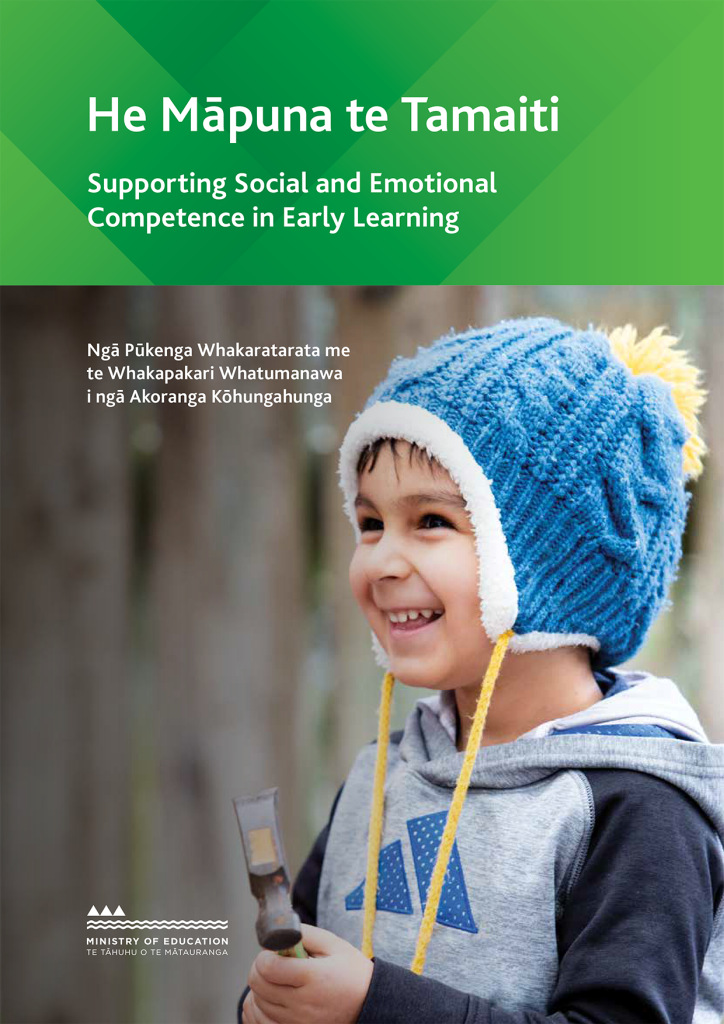

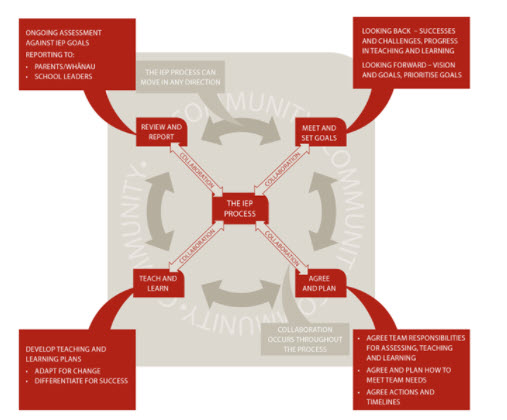
![11752 [Make-informed-decisions-2-just-circles.png]](https://inclusive-live-storagestack-assetstorages3bucket-3uty0hejzw6u.s3.ap-southeast-2.amazonaws.com/public/inclusive-education/example-images/Make-informed-decisions-2-just-circles__ScaleMaxWidthWzEwODZd.png)
